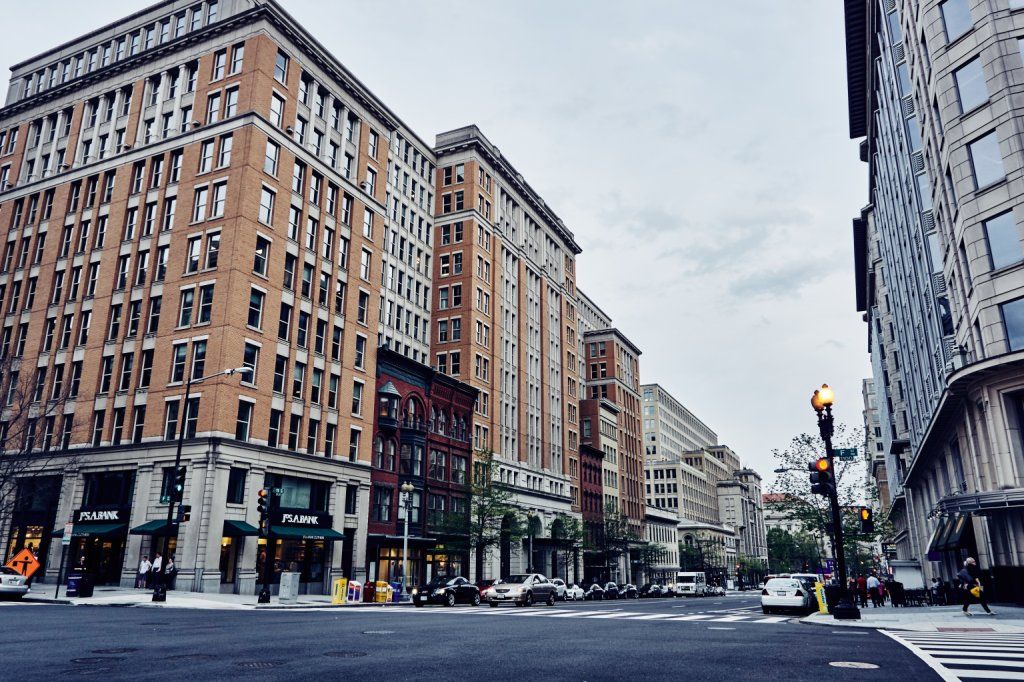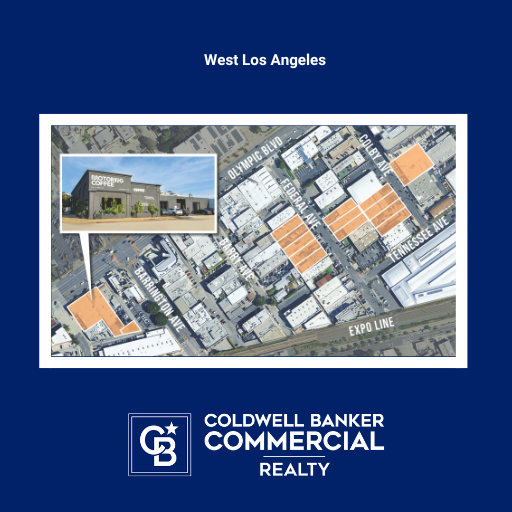The City or the Suburbs: What do Office Tenants Want?

The landscape of the real estate market is changing by leaps and bounds. Over the past couple years we’ve seen a lot of changes in commercial real estate, from shopping malls across the country abruptly closing down to millennials leaving their suburban communities and flocking to urban centers en masse.
This re-urbanization of American cities has left a lot of experts wondering whether the traditional American suburb is undergoing a slow death. Naturally, the decline of suburbia would have a massive impact on real estate as a whole, especially commercial real estate. With more people moving closer to city centers to get away from those rush hour commutes, many investors and developers are left wondering one important question: what’s going to happen to suburban office buildings?
Changes in the Suburban Office Sector
The truth is that the face of suburban America is changing, but to say it’s dying is a bit of a stretch. There are a number of suburban communities across the USA that have a thriving office sector, including the New York City suburbs along the New Jersey side of the Hudson River, Palo Alto, and the Frisco-Plano area. Each of these thriving suburban communities has one thing in common: development in the form of urb-suburbanization.
For those who don’t know, urb-suburbanization is a portmanteau of urban and suburban that describes the introduction of urban development into suburban environments. Instead of the closed off, tightly-packed design that defined the traditional suburban environment, urb-suburban describes the process of developing suburban infrastructure that’s historically associated with large cities. They want transit-oriented development, public transportation, and a diverse range of shops, markets, and restaurants.
Suburban cities that have experienced positive office growth are a testament to the fact that tenants aren’t interested in working in big cities, but are rather interested in working in an environment that offers convenience and choice. They want access to public transportation and to be to walk to and from the office and nearby stores and restaurants.
Where’s the Market Headed?
With all the talk surrounding the decline of suburban America, there’s still a good bit of uncertainty in the office sector. Industry giants like McDonald’s, Aetna, and General Electric have made plans to move their headquarters from the suburbs to urban settings in hopes of attracting millennial talent.
While there is no denying that young, skilled professionals are relocating to major US cities, companies who focus primarily on the urban market could be selling themselves short now that the older grouping of millennials are already in their mid-30s and are settling down in the suburbs with their families.
Instead of focusing primarily on urban settings, developers and investors in the office sector should be looking at both urban and urb-suburban markets as potential locations. After all, it’s not the big lights of the city that’s attracting a good portion of Americans, it’s the improved infrastructure and walkability. For this reason, it’s not a good idea for professionals in the office sector to put all their eggs in one basket.
Written by Nicole Brzyski for Coldwell Banker Commercial Affiliates
A Trusted Guide in Commercial Real Estate
Coldwell Banker Commercial® provides Commercial Real Estate Services from Property Sales and Leases, to Property Management. Learn how our expansive network of Independently Owned and Operated Affiliates and Real Estate Professionals use their in-depth knowledge of the local market and industry trends to help businesses and investors navigate the complexities of the commercial real estate landscape.






